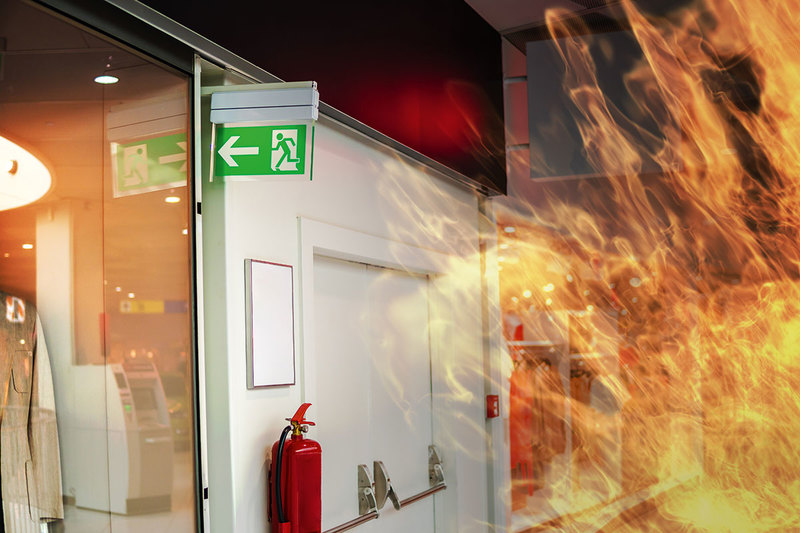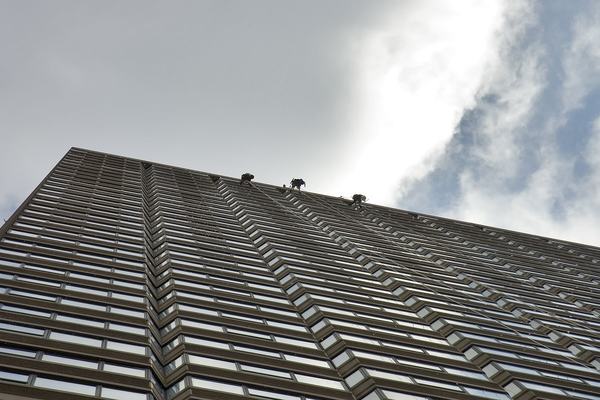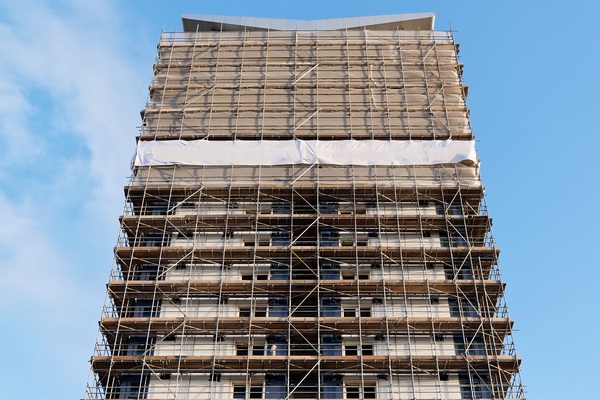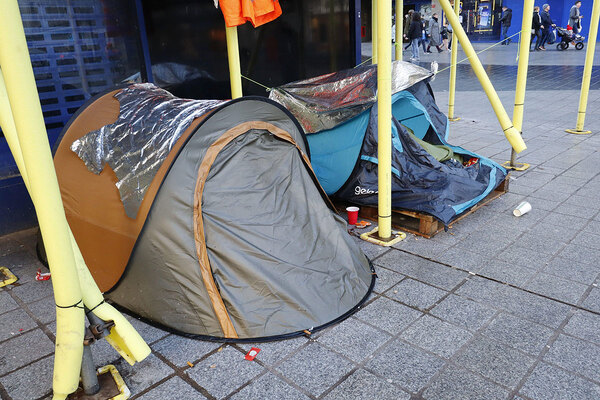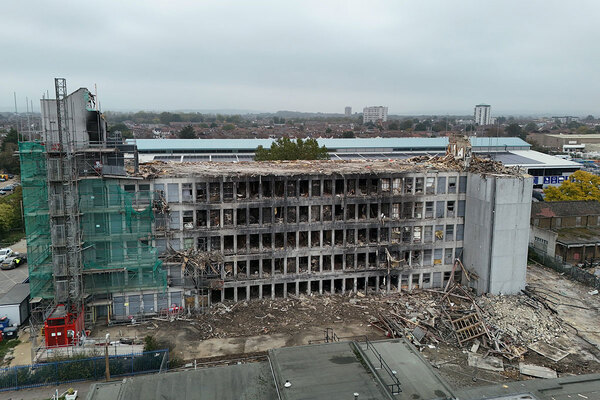You are viewing 1 of your 1 free articles
Cost of fire safety work for housing associations will ‘easily exceed’ £10bn
The cost of post-Grenfell fire safety work for the entire housing association sector will “easily exceed” £10bn, the National Housing Federation (NHF) has said.
The estimate includes the cost of remediation work to buildings of all heights, with all kinds of dangerous cladding, as well as the implementation of the recommendations from the Hackitt Review and the first phase of the Grenfell Tower Inquiry.
It is a rough estimate, which is based on the £6.9bn figure calculated by London’s largest housing associations for the 1,145 tall buildings they own in the capital.
Work on a more specific calculation of the cost of remediation work and its impact on the housing association balance sheet is understood to be underway.
Kate Henderson, chief executive of the NHF, said: “Housing associations are doing everything they can to make their buildings safe as quickly as possible and the sector has led the way in its quick response and co-ordination on fire safety. However, following the latest advice from government the potential costs of this huge programme of work are spiralling. The total cost of the building safety work required will easily exceed £10bn.”
The NHF has been calling for a central government ‘building safety fund’ to help cover the cost of the work for months.
Inside Housing’s End Our Cladding Scandal campaign, run in collaboration with leaseholders from affected buildings, makes the same plea.
Ms Henderson added: “Without this funding there is likely to be detrimental impact on housing associations’ ability to build much-needed new affordable homes and provide services to their residents and their local community.”
The NHF arrived at the estimate by noting the G15’s estimated assessment of the £6.9bn cost of remediating the tall buildings in London under their control, reported by Inside Housing in September. Simply scaling this up across the sector means the figure will easily exceed £10bn.
However this only covers tall buildings, and many of the country’s 100,000 blocks below 18m will also require work to remove dangerous materials from their facades in line with recent government advice notes.
No estimate yet exists of the scale of this work, or the housing association sector’s exposure.
Further, the Hackitt Review places a series of requirements on managers of tall buildings – including the need to employ a ‘building safety manager’ to ensure the ongoing safety of the tower.
Early recruitment work in the sector is understood to have suggested this is a role which could command a salary of up to £80,000.
There are also requirements due to come in from the first phase of the Grenfell Tower Inquiry, which will require three-monthly checks on fire doors and the installation of alarm systems to enable a ‘Plan B’ evacuation strategy rather than a total reliance on telling residents to stay put.
Many housing associations are also fitting sprinklers, repairing internal fire safety defects, commissioning in-depth fire risk assessments and covering the cost of waking watches.
In January, Inside Housing’s repairs tracker showed that the sector’s repairs and maintenance bill rose £250m, or 7.7%, in 2018/19.
Sign up for our asset management newsletter
Already have an account? Click here to manage your newsletters
